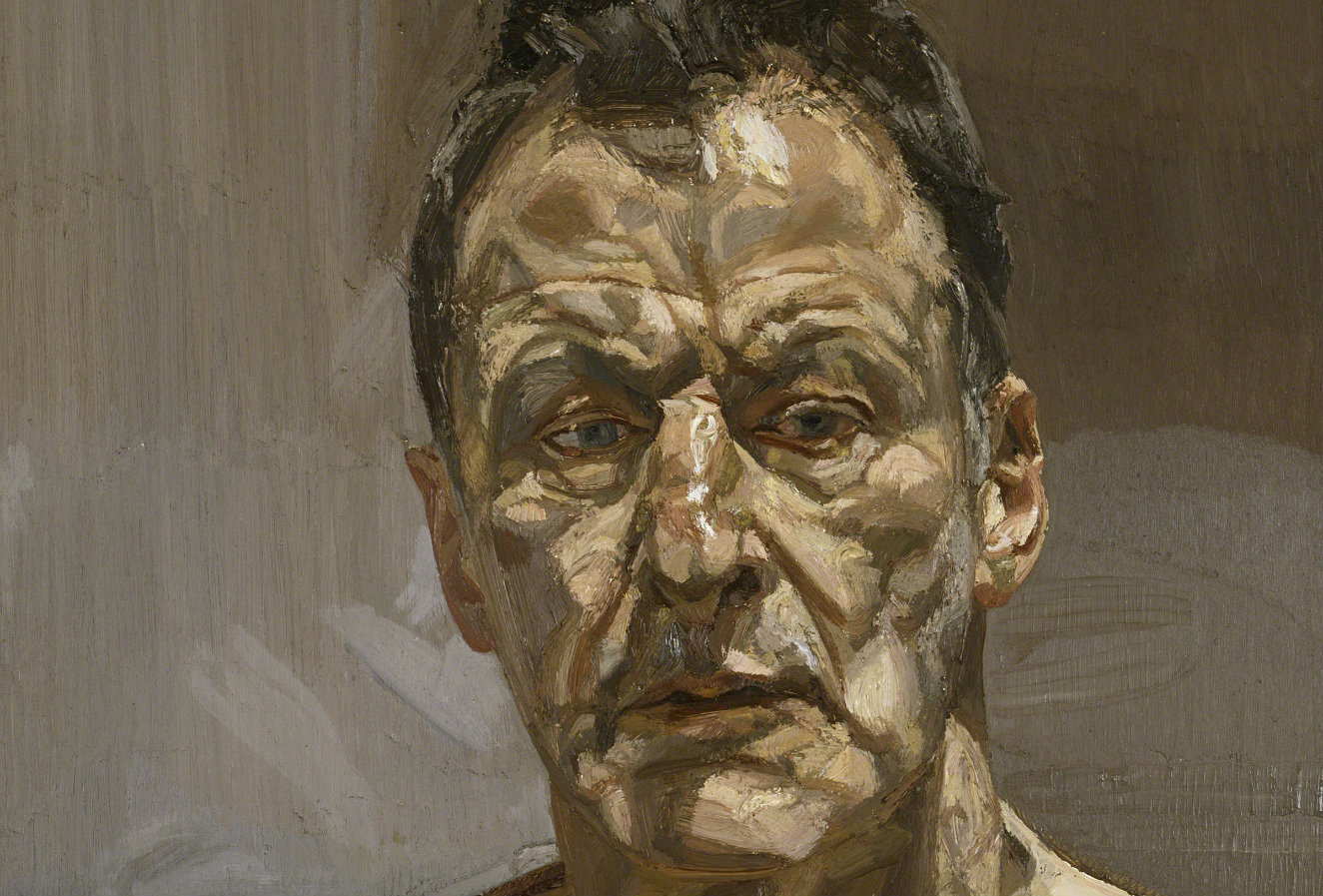State Of The Arts: Flying Away With The Modern Art Museum’s Chief Curator Michael Auping
ArtandSeek.net July 21, 2017 31A painting exhibition valued at one billion dollars. That’s a far cry from when Michael Auping started working in art museums 40 years ago – back when, as he says, the only people who cared about contemporary art smoked dope and hung out in the college ceramics studio because it was open late. Auping, the chief curator for the Fort Worth Modern Art Museum, retired recently, although he says he’ll be writing two books on art due out this December. In his 24 years at the Modern, Auping curated some of that institution’s landmark shows, including retrospectives on Frank Stella, Philip Guston and Ed Ruscha as well as the first Texas exhibition, ever, of British painter Lucian Freud. Along with Tadao Ando’s visionary building (Auping served on the selection and building team), the LA-born curator helped make the contemporary art world truly aware of the Fort Worth museum.
For this week’s State of the Arts, Auping sat down with Art&Seek’s Jerome Weeks to talk about the big new pressures he sees transforming that world.

Michael Auping with Vernon Fisher in his Fort Worth studio.
Michael Auping, welcome.
You’ve been a curator for 40 years now. And over that time, the nature of art museums in America has changed substantially. What changes have you seen?
Bottom line is, today, even in the museum world, it’s partially market-driven. Which doesn’t have to be bad because sometimes the market is right about what’s good and what is bad. But the galleries that sell art now have budgets bigger than a lot of contemporary art museums.’
So museums are having to compete with a high-rolling art market. But isn’t it also true that today’s artists are much more involved online, they’re savvier about popular culture, they’re gaining wider exposure for their art – and for museums – as part of the entertainment industry?
The money involved is incredible. The Lucian Freud show that I did – the insurance value on that show was $1 billion.

Lucian Freud, ‘Reflection’ (self-portrait – detail). Photo: Courtesy of Modern Art Museum of Fort Worth.
Wow.
To put up a show that cost $3 million, you need to get some people through those doors. And so there are pressures on curators and on directors and boards of trustees to bring people into the museum. It makes an old man like me just feel tired. You know, at some point, you just can’t be on that treadmill. You know, we keep wondering when the art market will top out, and it hasn’t done it.’
Dave Hickey, the great art critic from Fort Worth, has said that he no longer will write about the art market. He’s tired of it; it has little to do with what’s truly important in art. But you’re saying these days, it’s pretty much inextricable.

Ed Ruscha, ‘Standard Station with Ten-Cent Western Being Torn in Half,’ oil on canvas, 1964. Photo: Courtesy of Modern Art Museum of Fort Worth.
Well, Michael Auping, thank you very much – and good luck with your retirement.
Edited excerpts from the conversation with retired Modern Art Museum curator Michael Auping:
- What the contemporary art world was like when Auping started, when it was still seen as flaky and outsider-y – before it became the new Wall Street of art.
- How Tadao Ando’s striking building – ‘a dreamlike oasis’ – changed the museum when it opened in 2002.
- What kind of artworks seem to suit the Modern’s galleries – their size, their light, their minimalism.

Frank Stella, ‘Eskimo Curlew,’ wall relief – enamel, oilstick and crushed glass on aluminum, 1977. Photo: courtesy Modern Art Museum of Fort Worth.
- The most important shows Auping curated at the Modern were the ones artists responded to.
- Spending other people’s money, picking the right work for the right space – like Anselm Kiefer’s ‘Book with Wings,’ the top image – and why hate mail can be a good sign.










